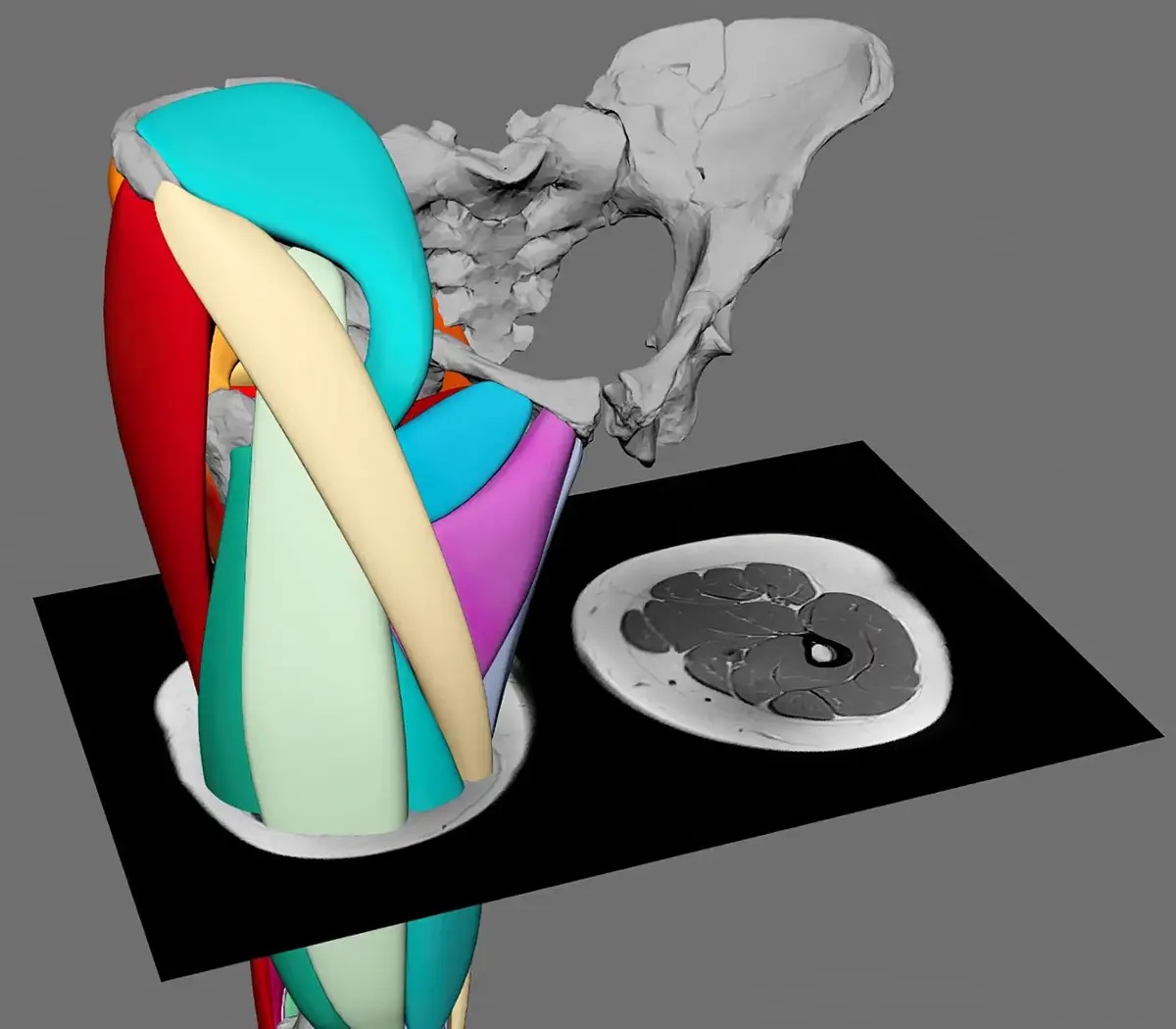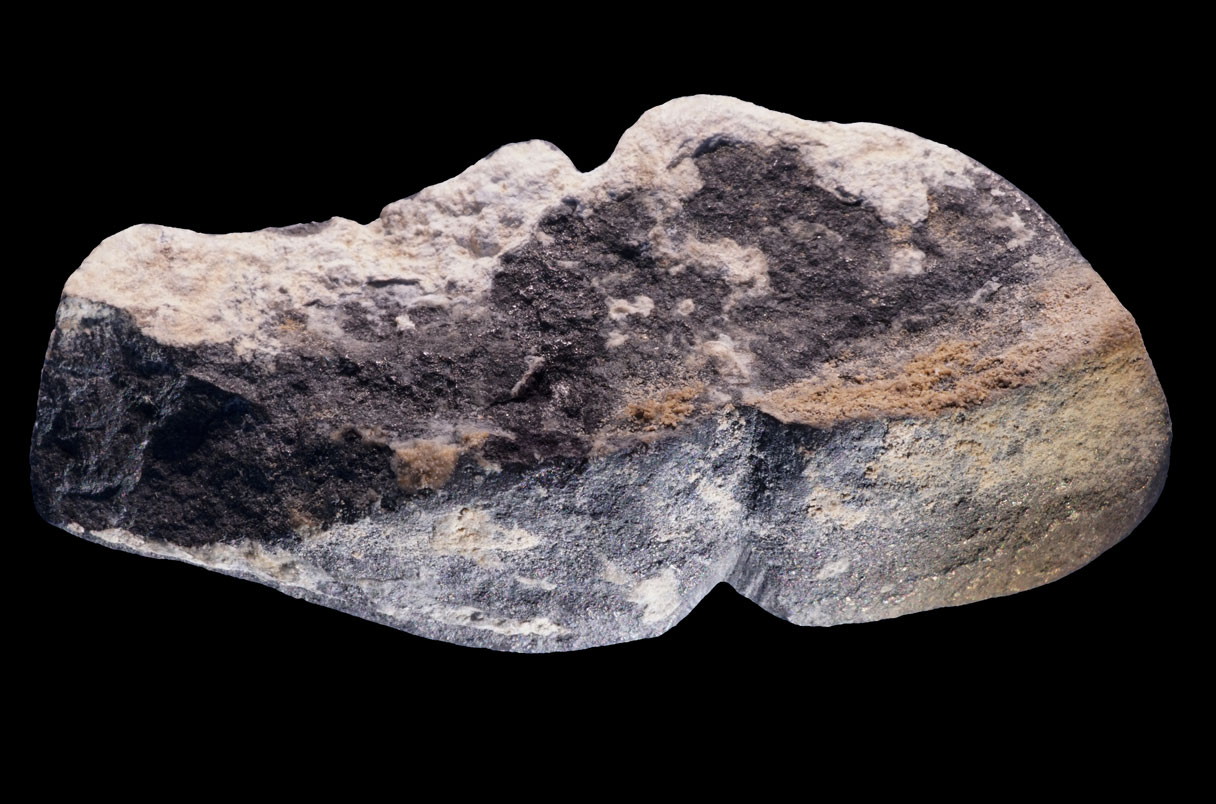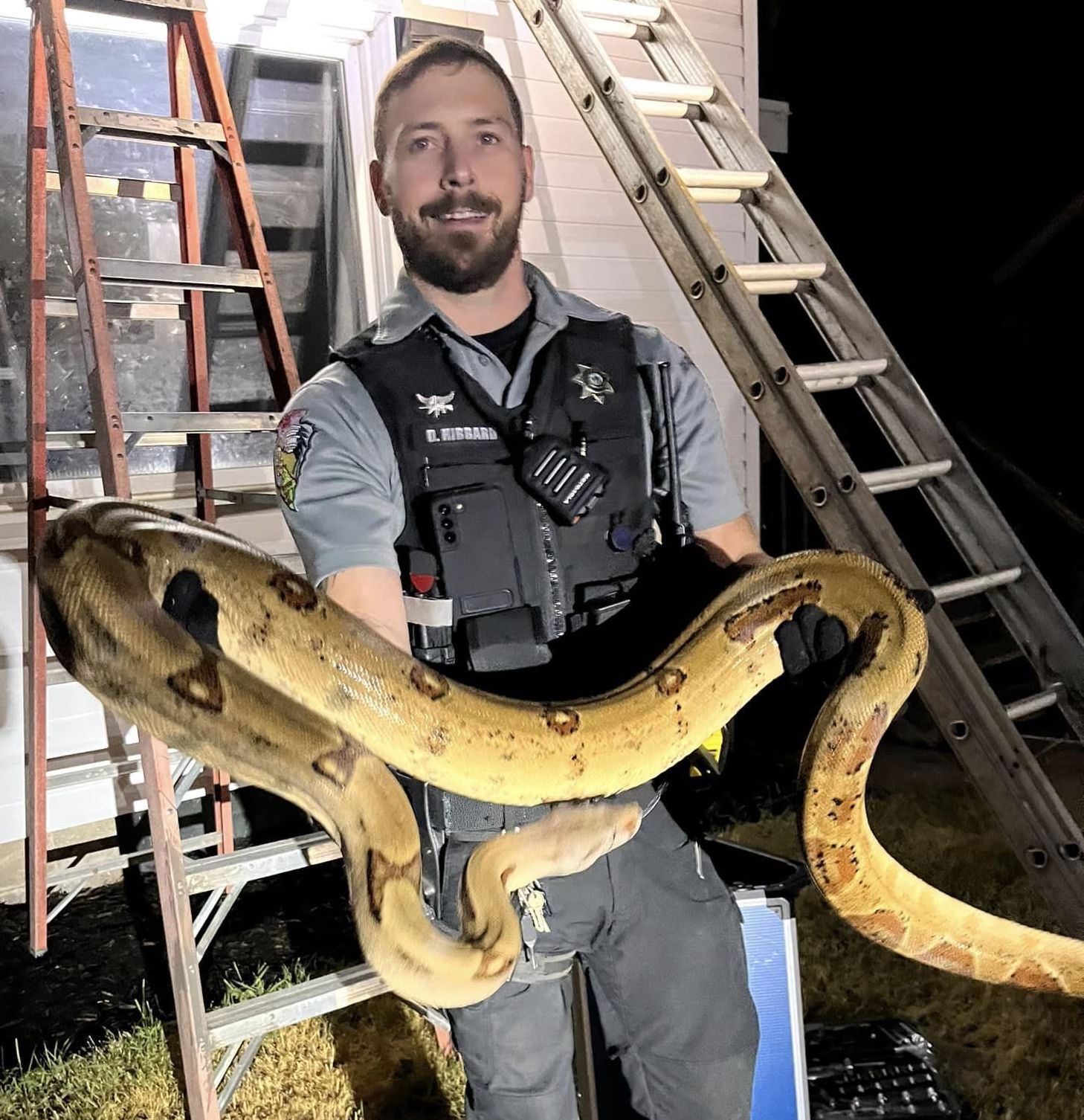Scientists have made a groundbreaking discovery about Lucy, the world’s most renowned early human ancestor, revealing that she walked upright like modern-day humans, according to a recent study.
Lucy belonged to an extinct species with ape-like characteristics that inhabited Africa over three million years ago. Discovered in Ethiopia in 1974, Lucy’s skeleton was hailed as the most complete known specimen of an early human ancestor at the time.
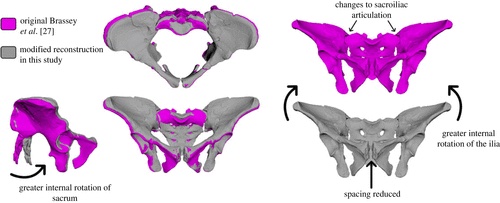
For nearly five decades, researchers have debated how Lucy walked, but recent findings based on the digital reconstruction of her lower limb muscles have shed light on the mystery. The study, led by the University of Cambridge, revealed that Lucy possessed fully bendable knees, enabling her to stand upright and walk on two legs like present-day humans.
However, Lucy’s legs were also found to be larger and more powerful than those of modern humans, indicating her ability to live in trees like apes. This versatility would have allowed her to adapt to diverse environments such as open grasslands and dense forests.
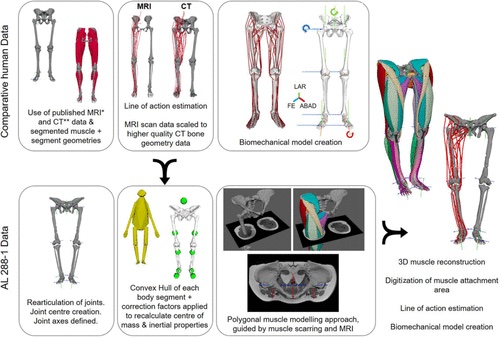
The 3D model created by the research team included Lucy’s leg and pelvis muscles, with 36 muscles in each leg. Dr. Ashleigh Wiseman, one of the researchers involved in the study, highlighted the significance of understanding the muscle structure in determining Lucy’s walking ability.
The findings not only provide insights into Lucy’s locomotion but also offer valuable information about the evolution of human movement. Lucy’s muscles suggest that she exhibited bipedalism as effectively as modern humans while possibly maintaining agility in arboreal environments.
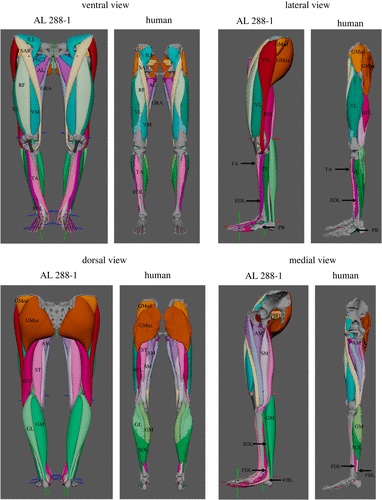
Lucy’s species, Australopithecus afarensis, roamed East Africa’s open wooded grasslands and dense forests between three to four million years ago. The reconstructed muscle models indicate her ability to thrive in both habitats.
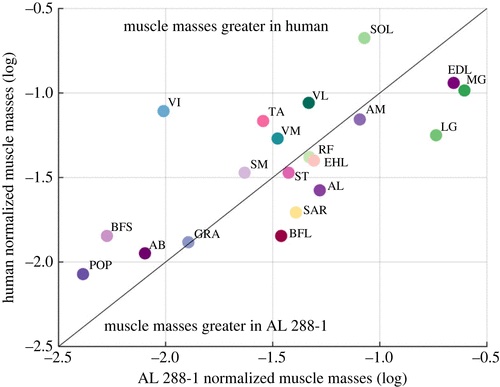
The study, published in the Royal Society Open Science journal, marks a significant milestone in our understanding of early human ancestors and their unique locomotor capabilities.

